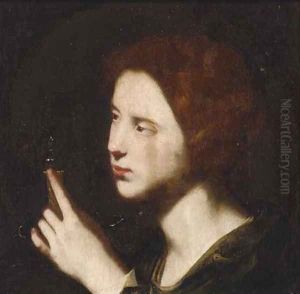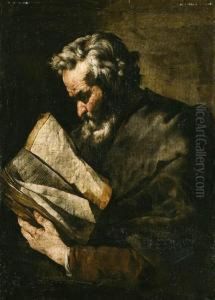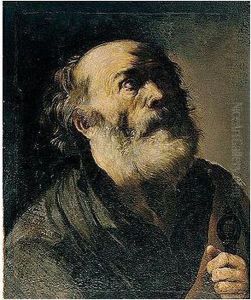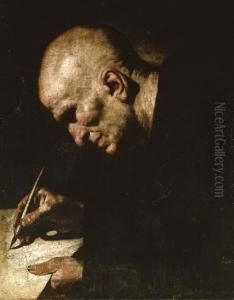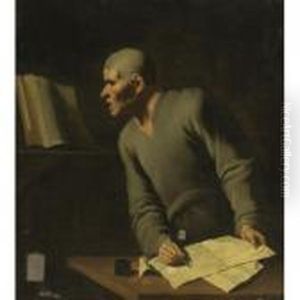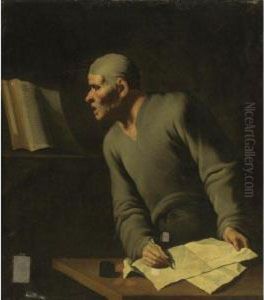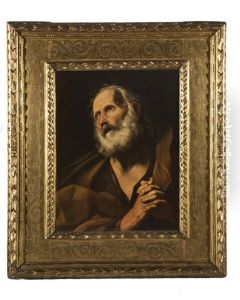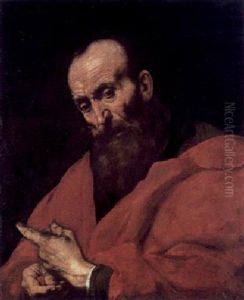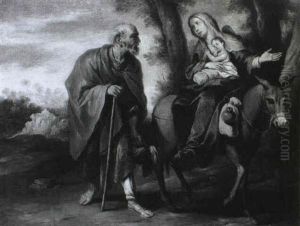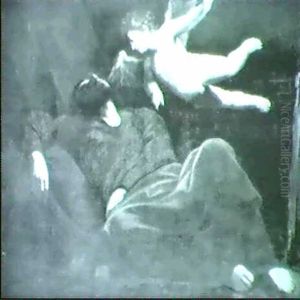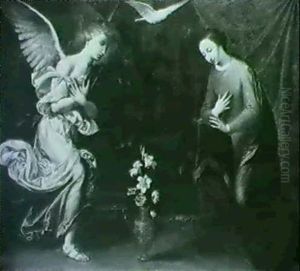Bartolomeo Passante Paintings
Bartolomeo Passante was an Italian painter, born in 1598 in Naples, then part of the Spanish Empire. Passante’s life and career were deeply intertwined with the vibrant artistic scene of 17th-century Naples, a city that was a melting pot of artistic influences due to the presence of many Spanish viceroys and the influx of artists from across Europe. Despite the challenges of his era, including plagues and political upheaval, Passante managed to carve out a successful career as a painter. His works are characterized by their dynamic compositions, vivid use of color, and emotional depth, qualities that align him with the Baroque movement which was sweeping through Europe at the time.
Passante received his early training in the workshop of Battistello Caracciolo, a leading Neapolitan painter who was a follower of Caravaggio. This training grounded Passante in the Caravaggesque style, noted for its dramatic use of light and shadow and its focus on realism and emotional intensity. Over time, however, Passante developed his own distinctive style, which while retaining the Caravaggesque influence, also incorporated elements of the burgeoning Baroque sensibility, with its emphasis on movement and complexity.
Throughout his career, Passante worked on a variety of commissions, including religious and mythological subjects for churches and private patrons. His paintings are known for their detailed narrative elements and the skillful portrayal of human emotions, which resonate with viewers even today. Despite his success, Passante’s work was somewhat overshadowed by the more famous artists of his time, such as Caravaggio and Annibale Carracci, leading to a period where his contributions were not as widely recognized as they deserved to be.
Passante’s legacy has been reassessed over time, with art historians acknowledging his role in the development of Neapolitan Baroque painting. His ability to blend the intense realism of Caravaggio with the dynamic compositions of the Baroque makes his work a vital bridge between these two dominant forces in 17th-century Italian art. Bartolomeo Passante passed away in 1679 in Naples, leaving behind a body of work that continues to be studied and admired for its artistic and historical significance. Today, his paintings can be found in various museums and collections, testifying to the enduring appeal of his artistic vision.
